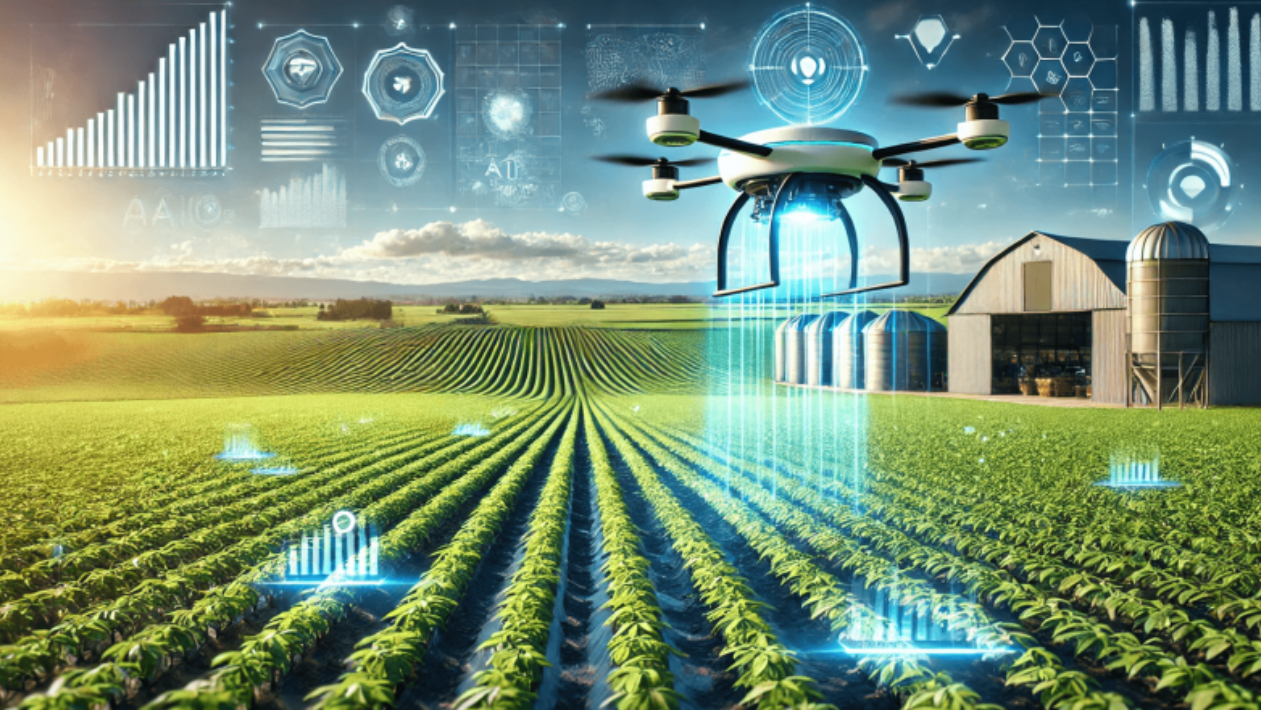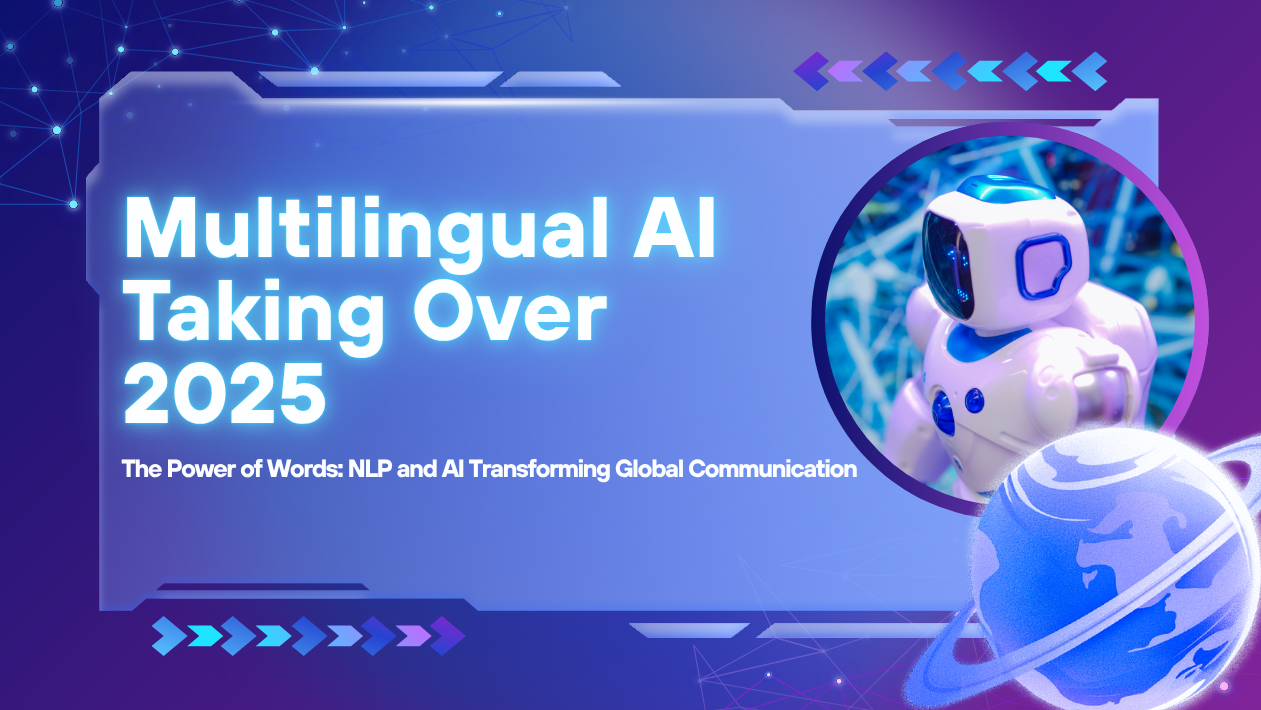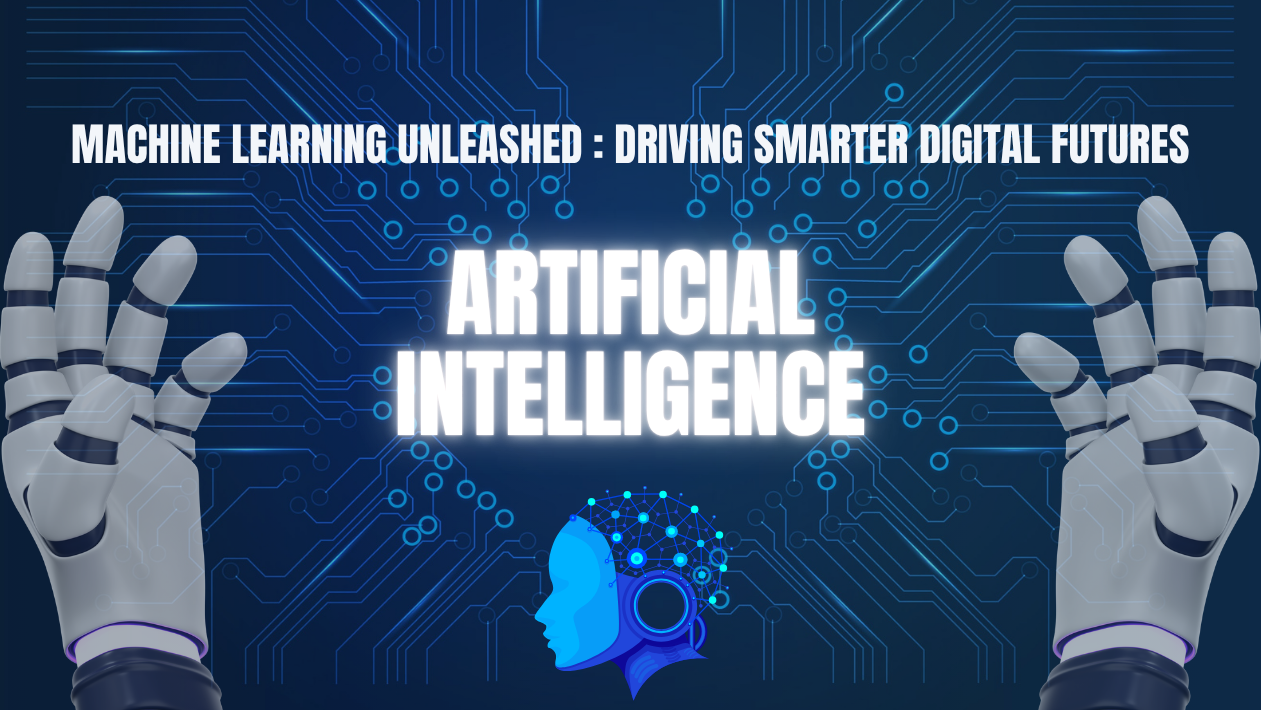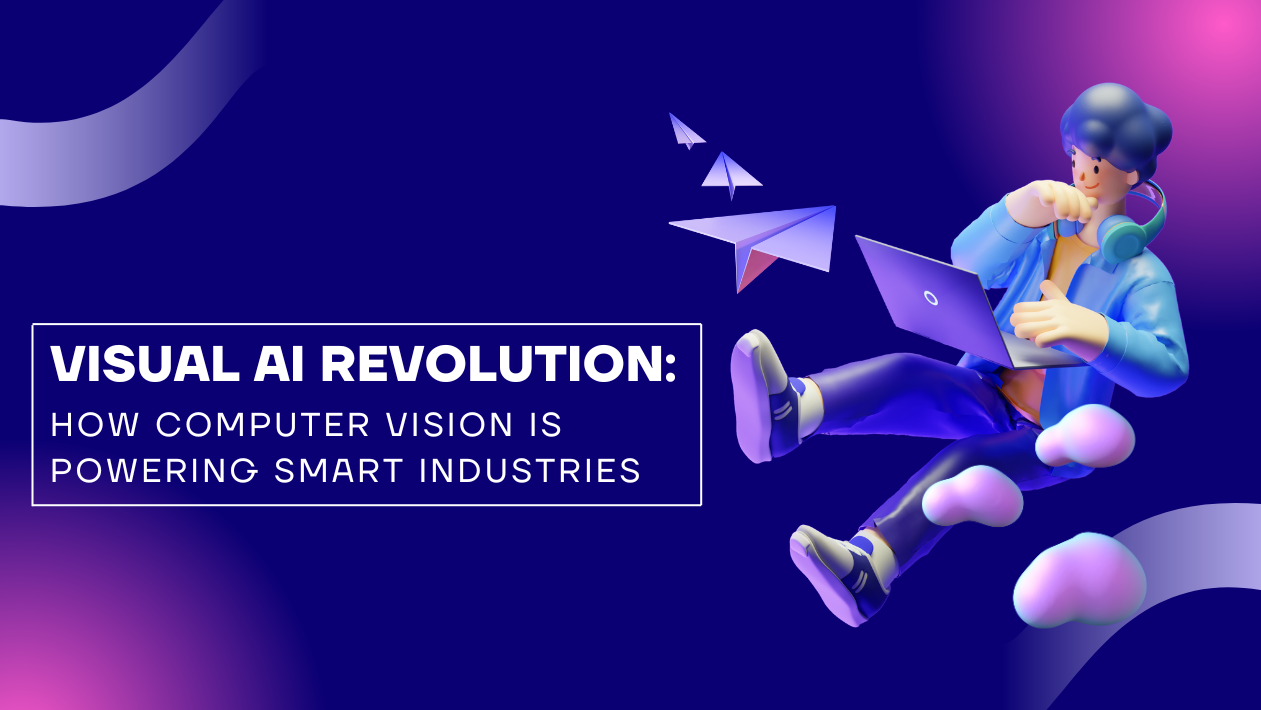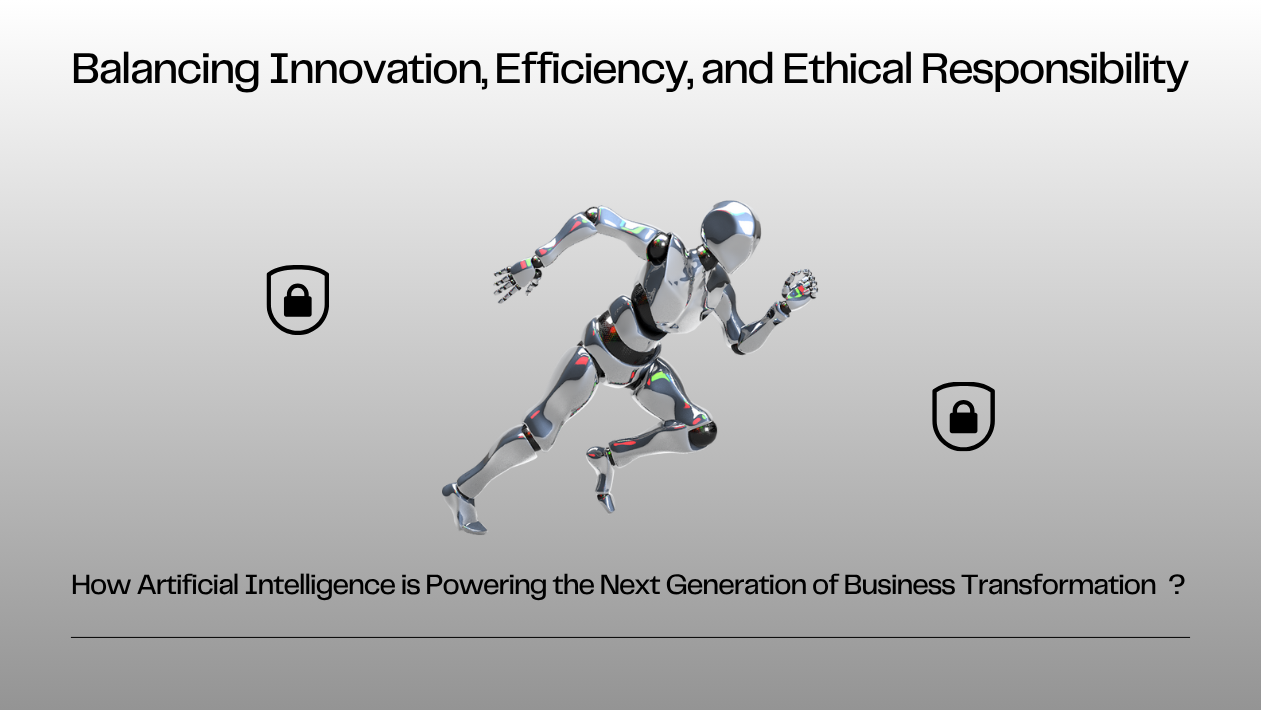From drones soaring above fields to smart rovers on the ground, computer vision and AI are revolutionizing agriculture—enhancing crop monitoring, weed control, harvesting, and breeding processes. These technologies are not only boosting efficiency but also driving sustainability and resilience across farming operations.
🛰️ 1. Aerial Crop Monitoring & Analysis
- Smart drones equipped with multispectral and hyperspectral cameras detect early signs of plant stress, nutrient deficiencies, pest infestation, and disease—often before issues become visible to the naked eye.
- A recent Nature of India AI report highlights how farm drones provide real-time health diagnostics, enabling targeted interventions that minimize crop loss and reduce input use .
🌱 2. Precision Weed Control & Automated Spraying
- AI-powered systems like Carbon Robotics’ LaserWeeder G2 use convolutional neural networks to identify weeds and eliminate them with lasers—protecting crops and slashing herbicide usage.
- John Deere’s “See & Spray” technology also employs computer vision to differentiate crops from weeds, reportedly reducing herbicide use by 90%, saving 8 million gallons on over one million acres.
🤖 3. Autonomous Rovers & Ground Robots
- AGRO, an autonomous ground rover, integrates computer vision and sensor fusion to assess crop yield (e.g. pistachios), self-navigate, and map fields in real time—streamlining data collection and decision-making.
🔬 4. Automated Plant Breeding Analysis
- Researchers at University of Illinois developed a self-supervised vision model to differentiate flowering vs non-flowering grass species from aerial imagery. This approach reduces the need for labor-intensive annotation while speeding up breeding cycles.
🏠 5. Controlled-Environment Monitoring
- Penn State’s new recursive segmentation system utilizes IoT-connected cameras and AI in greenhouses to continuously track plant growth (e.g., bok choy) and adjust conditions for year-round specialty crop optimization.
📈 6. Strategic Resource Optimization
- End-to-end AI systems now integrate drone imagery, satellite data, soil sensors, and climate models to generate prescriptive maps for precise irrigation, fertilization, and planting—boosting yields while conserving resources.
🚀 Why It Matters
| Benefit | Details |
|---|---|
| Resource efficiency | AI vision systems reduce water, fertilizer, pesticide use by up to 30–90%. |
| Labor savings | Automation addresses labor shortages and reduces repetitive tasks . |
| Yield improvement | Early detection of disease/stress saves up to 15% in crop productivity . |
| Sustainability | Lower chemical and water footprints contribute to eco-friendly farming . |
🔮 Future Prospects
- Vision Transformers are emerging as powerful tools in plant disease detection and segmentation, combining strengths of CNNs and transformers.
- Edge AI and IoT hardware offers real-time vision inference without cloud dependency—crucial for remote farms .
- Generative models are enabling smart planning—simulating planting scenarios, optimizing layouts, and even guiding robotic deployments.

